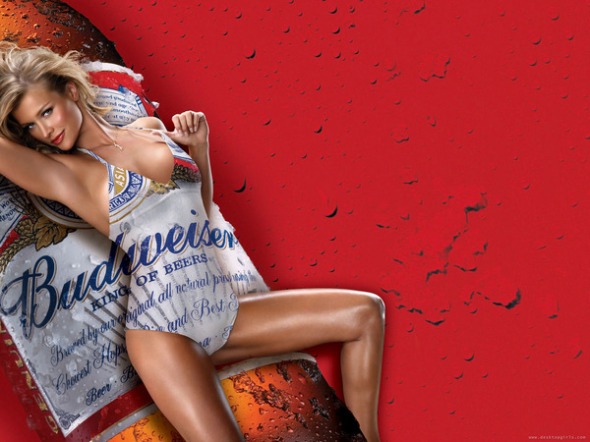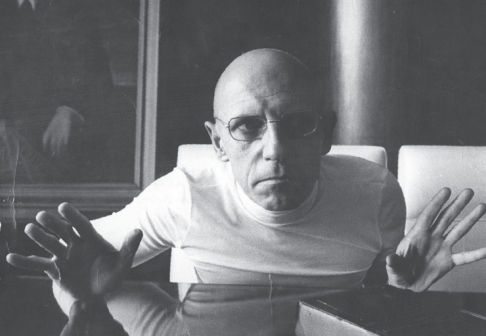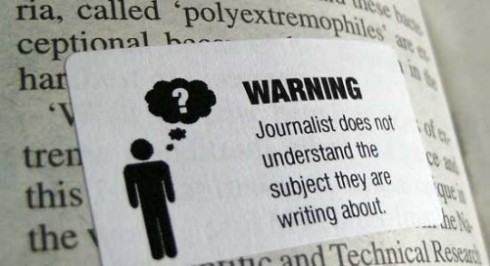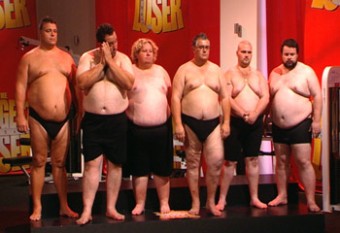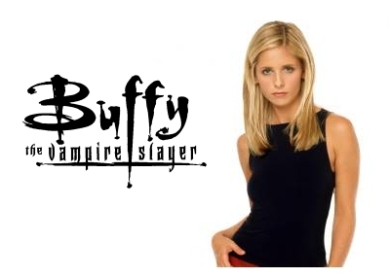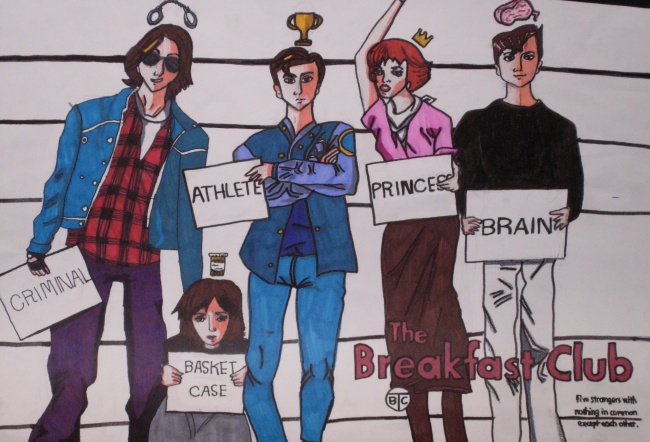Advertising is saturated with objectification, and in the case of the female form, many narratives of discourse, more often than not, blur the line between subject and object. In this, I believe, the contested concept of the male gaze is a contributing factor, in which narrative or imagery is constructed and framed via the male perspective. As a result of this objectification, implications of true beauty and questions of what real femininity entails are formed.
For instance, on the front page of a particular Zoo magazine, Melissa D, a British media icon, is described as having “The Best Boobs in Britain” and shown with a medium long shot of her naked body. The copy alone makes reference to ideals of capitalistic structure in that it urges its audience to strive for the best in a competitive market. Furthermore, the image objectifies the subject by serving to identify her as a pair of breasts and not much else. The subject has become nothing more than an object for the male, or female, gaze.
The representation of female femininity, in this form, serves to dehumanise and demoralise its audience, not liberate it. One could argue that modern advertising, and the normalisation of this type of representation, puts in place unrealistic expectation and pressure on the contemporary female. These impossible expectations, in return, imply failure.

